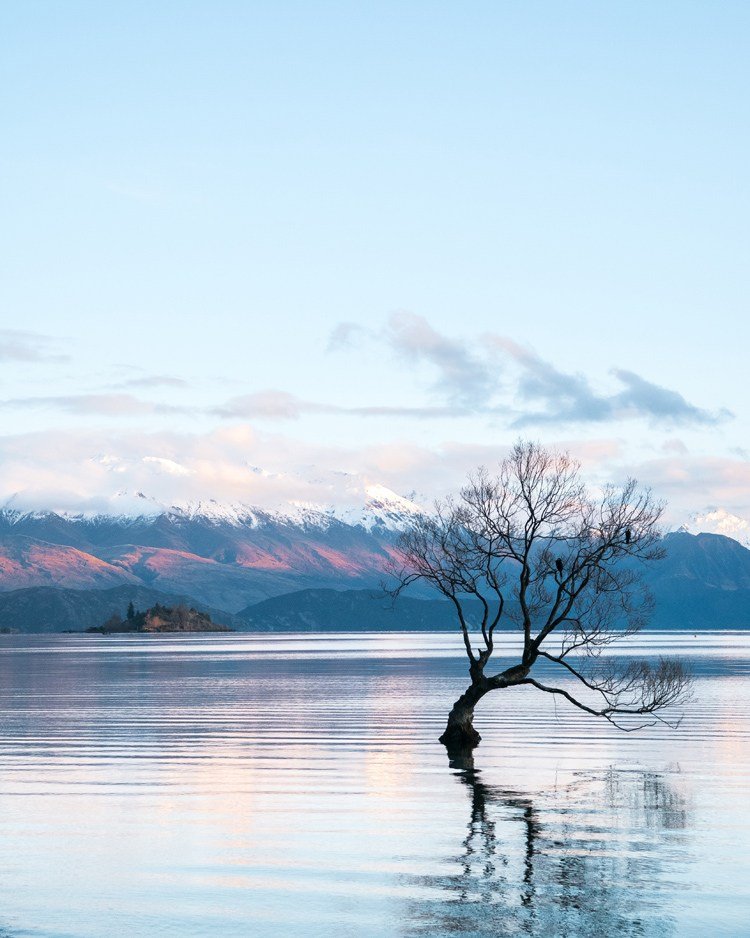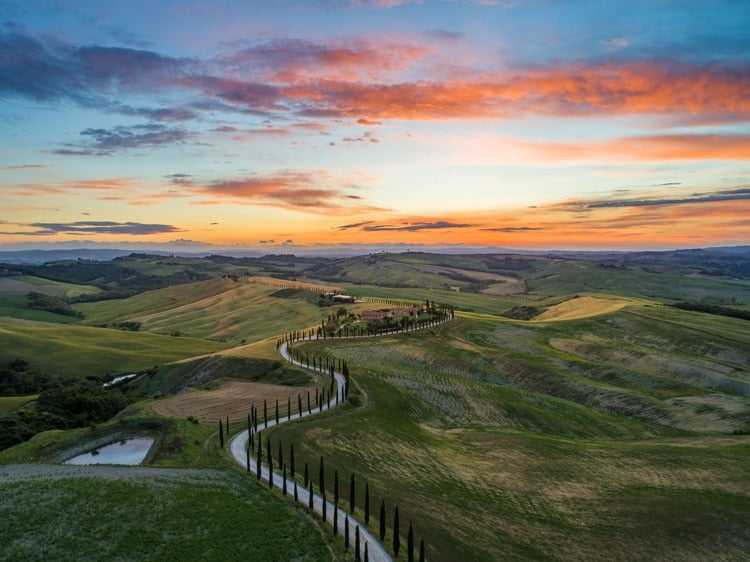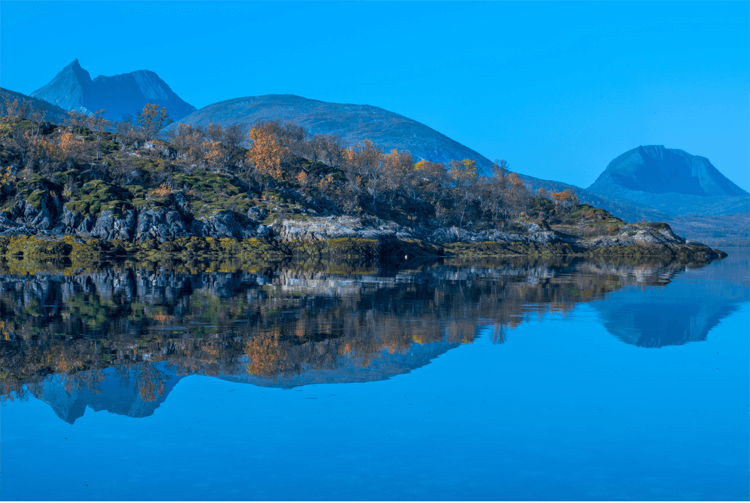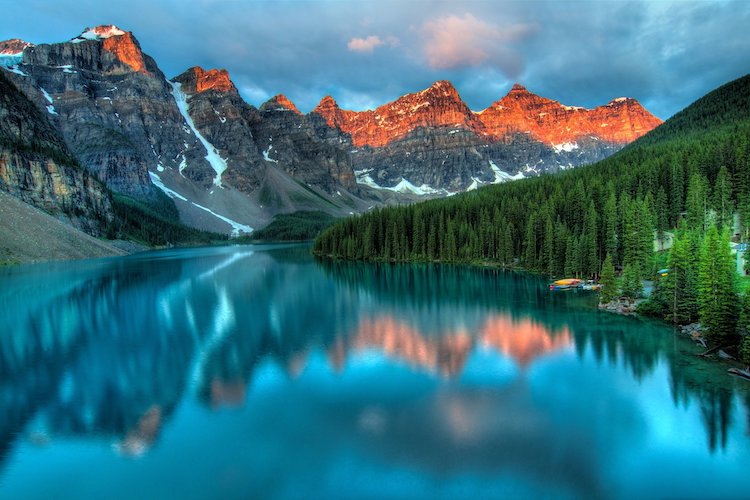
1 – Choose the Right Location for Landscape Photography
Not every beautiful place makes a great photo. Some views look amazing in person but may seem flat in a picture. To fix this, add something interesting in the front of your photo. This could be:
✅ A tree
✅ A river
✅ A building
These things give your picture depth and make it more exciting. Also, don’t limit yourself to popular tourist spots. Sometimes, the best pictures come from places no one else notices!

2 – Get Your Settings and Composition Right for Landscape Photography
Before you take a photo, ask yourself:
🔹 Is it in focus?
🔹 Is the horizon straight?
🔹 Is the lighting good?
A tripod can help keep your camera steady. Also, using a small aperture (like f/14) makes sure everything is sharp and clear. Take your time—landscape photography isn’t about speed, it’s about getting the best shot!

3 – Choose the Right Equipment for Landscape Photography
Different lenses can change how your photo looks. Here are two great options:
- Wide-angle lens (12-24mm): Makes the front of your photo look bigger and captures more of the scene.
- Telephoto lens (70-200mm): Zooms in on faraway details and makes the background look closer.
Filters can also help!
- Neutral Density filters make water look smooth.
- Graduated filters balance bright skies and dark land.
Instead of taking tons of random photos, plan your shot and choose the best gear for it!

4 – Use Composition Rules (And Break Them When Needed!) for Landscape Photography
Good composition makes your photos more interesting. One great trick is the Rule of Thirds. Imagine your photo is divided into nine boxes by two vertical and two horizontal lines. Place important things along these lines for a better balance.
Other useful tips:
✔ Leading lines: Use roads, rivers, or fences to guide the viewer’s eye.
✔ Power points: The spots where the lines cross are great places to put important objects.
Sometimes, you can break the rules! For example, if you're photographing a lake with a perfect reflection, centering the horizon can create a beautiful mirror effect.

5 – Shoot at the Best Times of the Day
The best lighting happens at:
🌅 Golden Hour – Right after sunrise and before sunset (soft, warm light).
🌌 Blue Hour – Just before sunrise and after sunset (cool, dreamy light).
These times make colors pop and create magical photos. They also help you avoid harsh midday sunlight, which can make pictures look too bright.
If you don’t get the perfect light on your first try, don’t give up! Many photographers visit the same place several times before they get the perfect shot.

6 – Pay Attention to Every Detail
Sometimes, tiny things can ruin a great picture. Before you take a photo, check for:
❌ People wearing bright colors that distract from the scene.
❌ Objects like road signs that take away from nature’s beauty.
A small change in your position can make a big difference in your final image!

Suggested Camera Settings for Landscape Photography
Here are some easy camera settings to start with:
📷 Mode: Aperture Priority
📷 Aperture: f/8 to f/16 (for clear details)
📷 ISO: 100 (for sharp quality)
📷 Shutter Speed: Let the camera choose
📷 White Balance: Auto or adjust for lighting
More tips:
✅ Shoot in RAW to edit your photos better later.
✅ Turn off noise reduction to keep details sharp.
✅ Use a tripod for steady shots.


Final Thoughts
Landscape photography is about more than just taking pictures—it’s about capturing a feeling. The best photos come from patience, creativity, and practice.
So, grab your camera, explore new places, and have fun! The more you practice, the better your pictures will be.
Happy shooting!
Related Article: 6 Tips for Better Landscape Photography
About The Author Manuel Delgado:
Manuel Delgado is an award-winning photographer with a specialization in travel and documentary photography. He writes for Contrastly and is a Mentor for NGO Photographers Alliance, having led workshops in Africa with a focus on ethical and humanitarian photography. His work has been exhibited in Europe and the Americas.
Driven by an innate curiosity for his surroundings, Manuel´s process is mainly focused on capturing people in their natural environment; translating through his lens the subtle threads of daily life that are shared across cultures, borders, and races. Depicting people from diverse backgrounds, his work is united by a shared aesthetic that serves to tell each individual’s story. Manuel is currently living in Düsseldorf, Germany.
Manuel Delgado Instagram Profile

Related Article: Adventures With a View – An Interview with Landscape Pro Jason Mihalick













